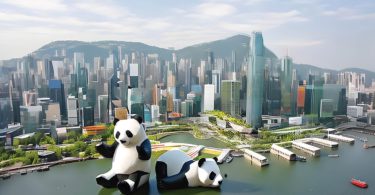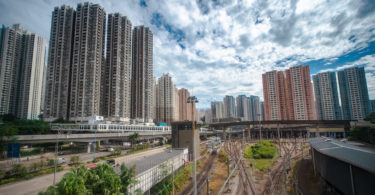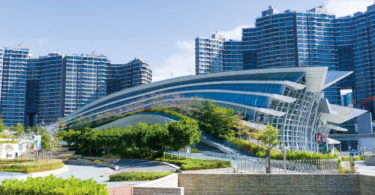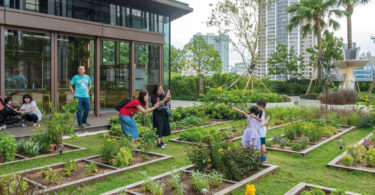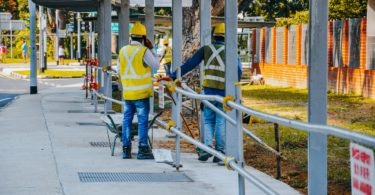Hong Kong is a walking city. Hong Kongers are walking more than city dwellers anywhere else in the world. In Hong Kong, walking is the main way of moving between public transport modes which are used by 90% of the population. Hong Kong has also adapted walking to a typhoon-prone sub-tropical climate and the city’s hilly terrain. At times, these conditions make walking in Hong Kong close to a 3D Sudoku puzzle. Hong Kong has evolved into a volumetric mode of development. It is broadly defined as incorporating multiples mode of movement at different levels: below ground, at ground and above ground, combining both outdoors and indoors, mingling public, quasi-public and private ownerships, which are yet publicly accessible. Such urban development can be found in other world cities around mass transit urban rail stations. What makes Hong Kong distinct is the very high density, the topography and the landform that is tightly constrained by water and hills.
In world cities, like London and New York, a re-balancing of the outdoors street space allocation is taking a pedestrian-first approach. Such approach changed from a movement focus to a placemaking focus – the street economic and social life supported by street design. In London, it has recently been rebranded ‘Healthy Streets’. London has relatively low density compared to Hong Kong’s. Yet the ‘City of London’ or ‘the Square Mile’, which is both its original historic centre and CBD, has a density approaching Hong Kong’s. The City of London has a wide-ranging policy initiatives and tools for outdoor public realm, walkability and street design. Manhattan which has density comparable to Hong Kong, but on a flat landform and a street network that is not comparable to Hong Kong’s, has also implemented a wide range of active mode-friendly policies and a few well-known iconic realisations of these policies. Other initiatives, like the Barcelona’s “superquadra” have given rise to what has been called experimental urban design. Yet none address both outdoors and indoors volumetric conditions.

To read the complete article, register your details above
to be notified once the revamped Construction Plus App is ready!
HKIUD
The University of Hong Kong, FoA, and DUPAD contribute to liveable and healthy walkable Hong Kong, making it smart. The first 3D complete map of the pedestrian network will serve as the backbone of the Common Spatial Data Infrastructure for pedestrian. The Built Environment Application Platform enables 3D advanced outdoor street design and indoor pedestrian way design evaluation by simulating Hong Kong’s pedestrian cognitive preferences.
Mr Alain Chiaradia and his team members, Professor Christopher John Webster, Dr Guibo Sun and Dr Chinmoy Sarkar, Dr Lingzhu Zhang, Department of Urban Planning and Design, are developing systematic measurement of street quality through multi-sourced urban data combining AI image analysis, LBS data and including spatial cognition preferences.



